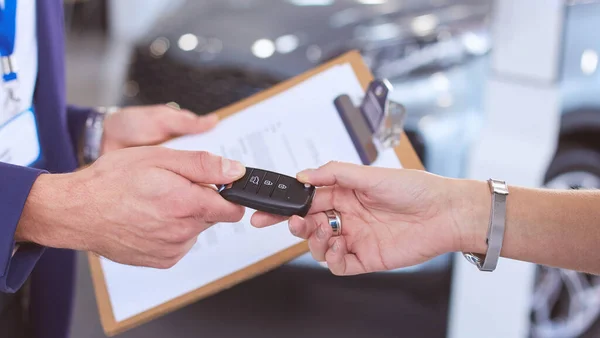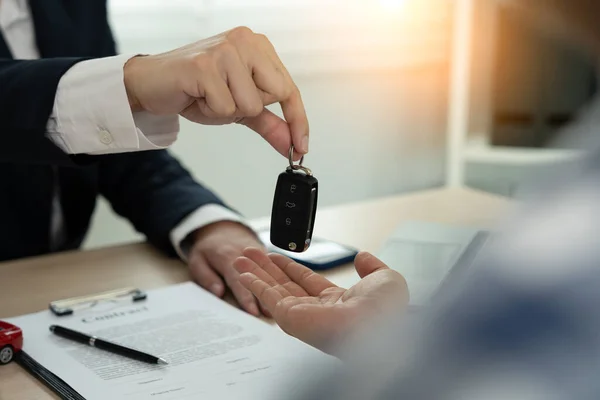How The California Used Car Buyback Program Works: A Comprehensive Guide
The California Used Car Buyback Program (UCBBP), also known as the Consumer Assistance Program (CAP), provides financial assistance to help residents retire older, polluting vehicles. This state-run initiative is designed to improve air quality by reducing emissions from older cars that are more likely to contribute to air pollution. If you're a California resident considering using this program, this guide will help you understand how it works, the eligibility criteria, the steps involved, and the benefits of participating.
Understanding the Purpose of the Program
The primary goal of the California Used Car Buyback Program is to decrease the number of high-emission vehicles on the road. As vehicles age, their efficiency tends to decline, often leading to increased emissions of harmful pollutants such as nitrogen oxides (NOx), particulate matter, and volatile organic compounds (VOCs). By encouraging residents to retire older, high-polluting vehicles, the program plays a significant role in California's larger effort to meet state and federal air quality standards.
Eligibility Requirements for the Program
To participate in the California Used Car Buyback Program, you must meet certain eligibility criteria. These include residency requirements, vehicle requirements, and income guidelines. Understanding these requirements before applying will help ensure you qualify for the program.
Residency and Vehicle Ownership
One of the first eligibility conditions is that you must be a California resident. Additionally, the vehicle you plan to retire must have been registered in California for at least two years prior to your application. The registration must be current, and the car must have passed a smog check during this period.

You must also be able to demonstrate ownership of the vehicle for at least the past two years. If the vehicle has changed ownership during this period, you may not be eligible for the buyback program. Proof of ownership and registration will be required as part of the application process.
Vehicle Eligibility
Not all vehicles are eligible for the program. The California Used Car Buyback Program focuses on high-polluting vehicles, typically older models that are more likely to fail emissions tests. To qualify, your vehicle must have failed a smog test or be considered at high risk for emissions-related failure. However, the state also accepts vehicles that pass their smog test but still fall within the model year and other criteria for retirement.
Income Guidelines
For residents who fall under the lower-income category, the California Used Car Buyback Program offers additional benefits. Low-income individuals or families can receive a higher financial incentive for retiring their vehicle, compared to those who do not meet the income guidelines. The income limits are based on the federal poverty level and vary depending on household size. If you meet the low-income criteria, you may qualify for up to $1,500 to retire your vehicle, while those who don’t meet these criteria may still receive up to $1,000.
Smog Test Failures
Your vehicle must have either failed its most recent smog check or be eligible under the state's guidelines for retirement based on age and emissions potential. If your vehicle failed a smog test, it is highly likely to qualify for the buyback program, but you should check the specific regulations that apply to your car's model and year.
Steps to Apply for the Buyback Program
Once you’ve determined that you meet the eligibility requirements, the process of applying for the California Used Car Buyback Program is relatively straightforward. Here’s a step-by-step guide to help you navigate the application process.

Step 1: Gather Required Documentation
Before starting your application, it’s essential to gather all the required documentation. This includes proof of vehicle ownership, proof of registration for the last two years, and your vehicle’s most recent smog check results. If you’re applying for the income-based program, you will also need to provide proof of income, such as tax returns or other income-related documentation.
Step 2: Submit the Application
You can obtain an application from the Bureau of Automotive Repair (BAR) or download it from the BAR website. After filling out the necessary information, you will need to mail your application along with the required documents to the address provided on the form.
Step 3: Vehicle Inspection
Once your application is reviewed and approved, you will be instructed to take your vehicle to an authorized dismantler for inspection. This inspection ensures that the vehicle is in running condition and meets the program's requirements. The dismantler will also check that no major parts are missing and that the car can be retired safely.
Step 4: Receive Payment
After your vehicle passes the inspection, you will receive a payment for retiring your vehicle. Depending on your eligibility (based on income level and the condition of the car), you will receive either $1,000 or $1,500. This payment is typically sent in the form of a check within a few weeks of the dismantler completing the vehicle’s inspection and retirement.
Benefits of Participating in the Program
Participating in the California Used Car Buyback Program offers several benefits, both for individuals and the environment. Here are some of the key advantages:
- Financial Incentive: One of the most obvious benefits is the financial incentive. If your vehicle meets the eligibility requirements, you can receive a payment of up to $1,500 for retiring it. This payment can be used to help purchase a newer, more fuel-efficient, and environmentally friendly vehicle.
- Environmental Impact: By retiring an older, high-polluting vehicle, you are directly contributing to the reduction of harmful emissions in California. This helps improve air quality, particularly in regions where smog and air pollution are a concern.
- Avoiding Future Repair Costs: Older vehicles often require costly repairs, particularly if they have failed a smog test. By participating in the program, you can avoid the expense of repairing or maintaining a vehicle that is likely to continue contributing to air pollution.
4655 Cass St, San Diego, CA 92109, United States.
Phone: +1 619-795-9430

